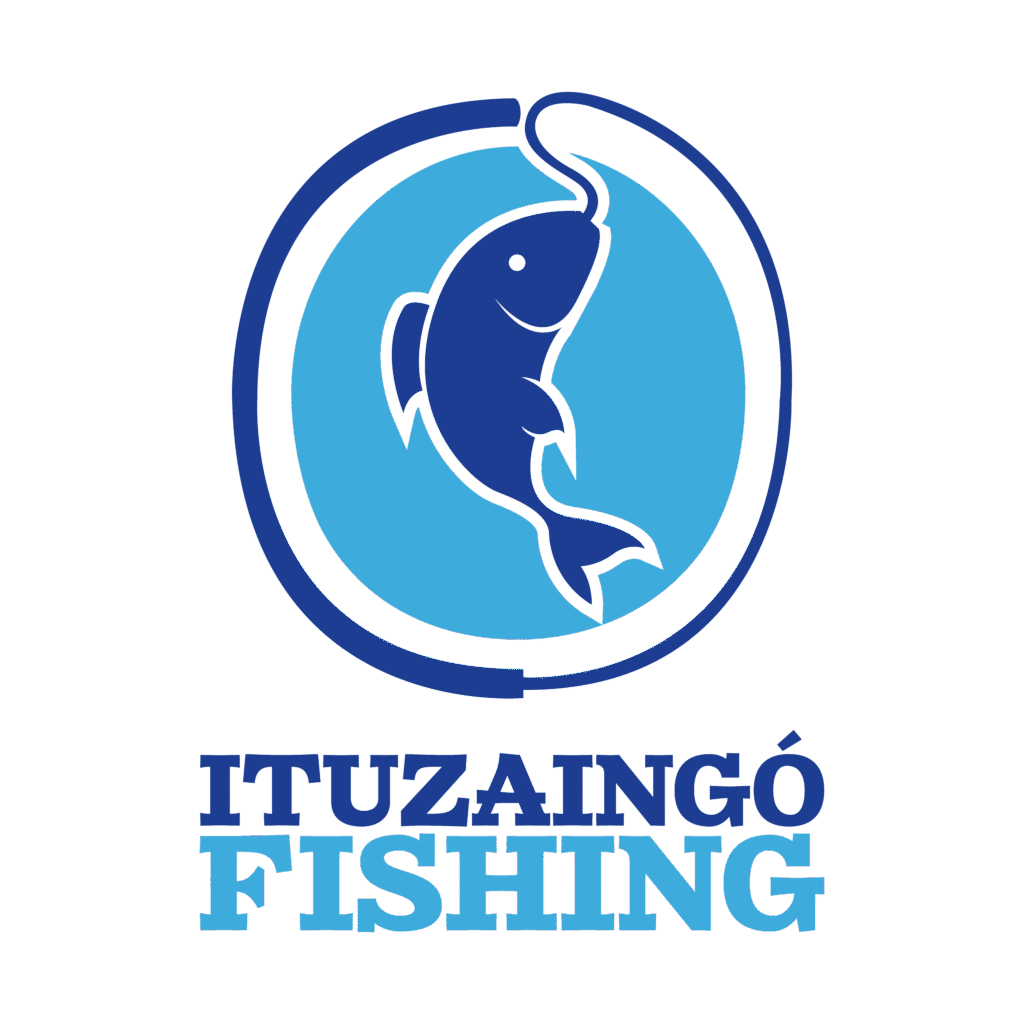Fly Fishing in Argentina
Esteros del Iberá (a combination of the Spanish word esteros and the Guarani word ý berá, meaning “shining water”) is a mixture of marshes, lakes, mudflats and watercourses in the central and north-central part of Argentina, in the province of Corrientes. The Esteros form the second largest wetland complex in the world, second only to the Pantanal in Brazil. They are areas of rainwater origin, with an area of between 15,000 and 20,000 km².
Since 1982, these wetlands have been part of a protected area (the Iberá Natural Reserve), which covers approximately 13,000 km² (14% of the area of the province of Corrientes, and the largest protected area in Argentina). Iberá is also one of the most important freshwater reservoirs on the continent. In 2002, an area of 245 km² was listed as a wetland of international importance by the Convention on Wetlands of International Importance.
The Nature Reserve is renowned for its biodiversity, including four species as “natural monuments of the province”: the Neotropical otter, the maned wolf, the pampas deer and the marsh deer. It is home to the two species of Argentine caiman: the broad-snouted caiman and the marsh caiman, as well as the capybara and some 350 species of birds.
Argentina has a long history of exceptional freshwater Dorado fishing. And from the vast Paraná River system to the unpressured wild expanses of the Iberá Pantanal, fishing has been diversified since the beginning.
The order Characiformes, found in Central and South America as well as Africa, consists of more than 2,000 species of fish. Most are small—less than an inch long. But some reach much larger sizes, including the Dorado (Golden Fish) and the Surubim. Probably the best-known species among the Characiformes is the Pacu. We also have the sporty Piracanjuba, and the suspicious Piapara, both very tasty fish to eat.
In exceptional cases, the Dorado (Salminus maxillosus or brasiliensis) can weigh up to—or more than—66 pounds. Generally speaking, however, a Dorado of 10 to 11 pounds is considered a great fish for fly fishing. Small populations of Dorados are found in selected parts of the Amazon Basin, and the extensive Paraná River basin stands out as a huge and multifaceted stronghold for the species. Crossing parts of Argentina, Brazil, Paraguay, and Uruguay, the basin is the second largest drainage system in South America and one of the largest in the world. Its diverse ecosystem encompasses rocky rivers in the mountains as well as marshes and lagoons in the lowlands.
The Dorado can be complex, and deciphering the challenges is what keeps anglers coming back. That and, of course, the beauty, ferocity and acrobatics of the Dorado. Combined, these valuable attributes make the freshwater Dorado one of the most distinctive game fish you will find anywhere.
Today, we specialize in providing expert guides, top-notch accommodations and an excellent experience in this vast cultural and biological wilderness that we have in the interior of Argentina. Come and honor us and return full of memories and stories to tell.
